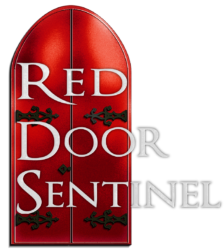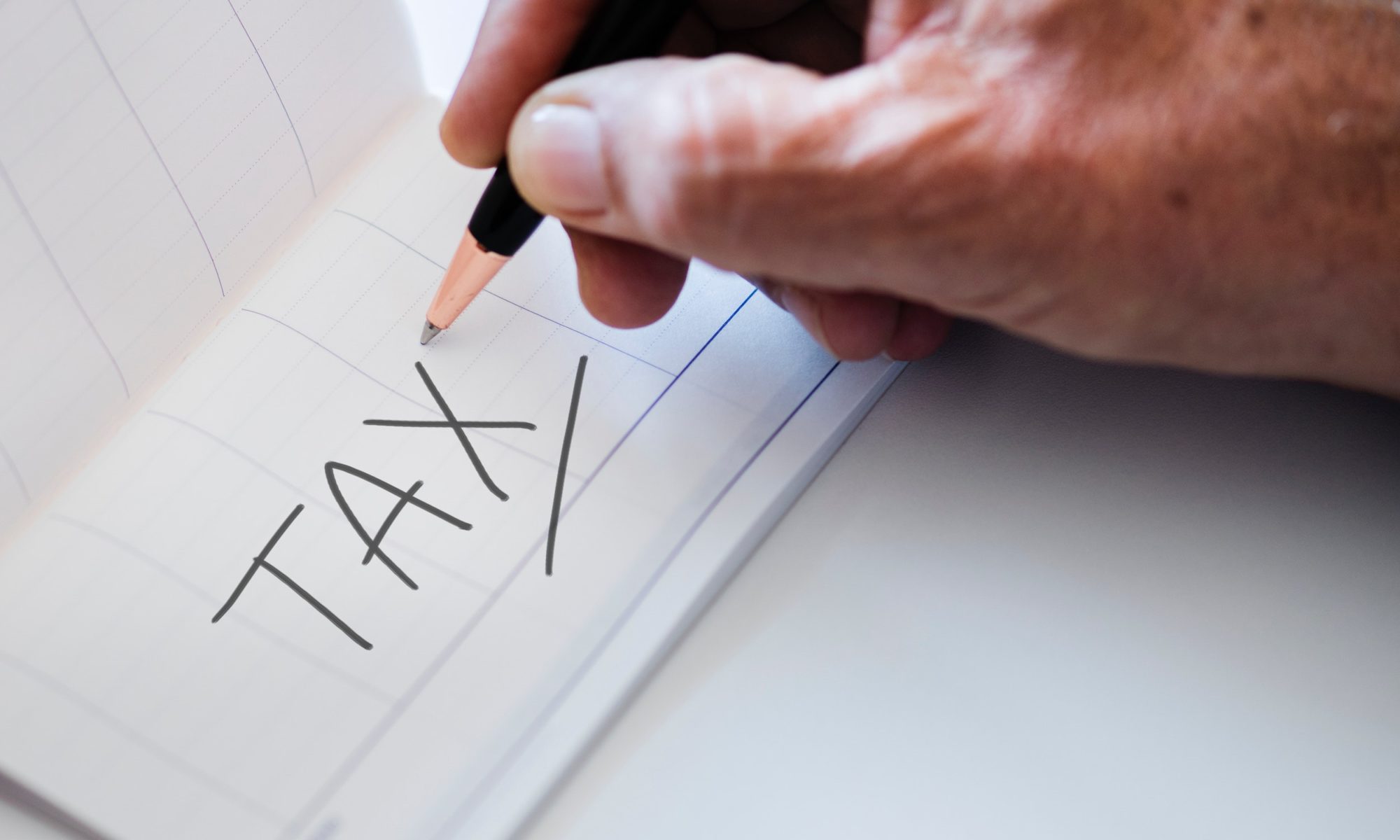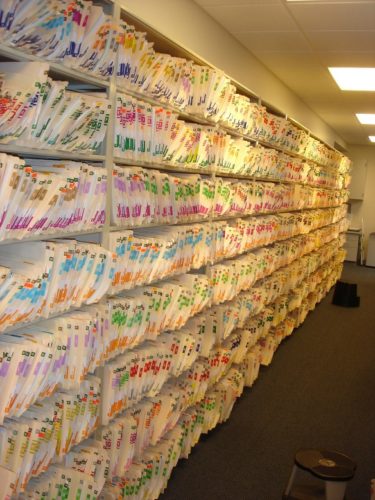The best advice I received when asking about filing taxes was to treat being an author like a business. This way you can record it as a business (and not just hobby income) on your taxes.
If you keep track of these things starting right now, it will be much easier to do your taxes. You could create a Living Document that contains the following:
- Dates and times spent writing, editing, formatting, and anything else that has to do with your book
- Every single expense (paper, ink, web site, proof copies, reference books, electronics that are only used for the book, etc.) – keep receipts
- Editor, Formatter, Cover Designer fees
- Mileage (date & time) for speaking engagements, as a vendor, or author events
- If you use one room in your house to work on your book (it can’t be used for anything else), then this room can be calculated into a deduction
- Number of books you sell personally (I keep a box in my car)
- Income of books sold personally
- For books sold online – online retailers have number of books sold and royalty information
See this post about Filing Taxes for more information.






